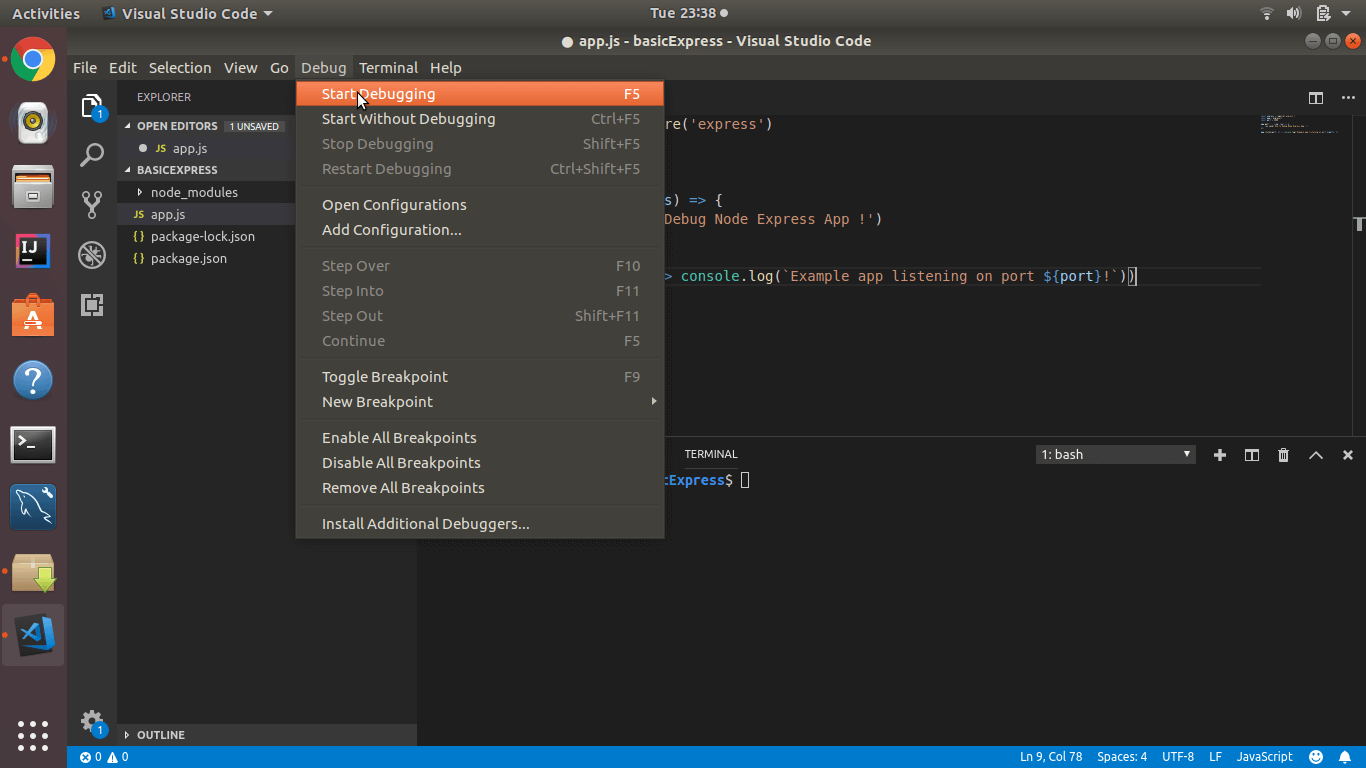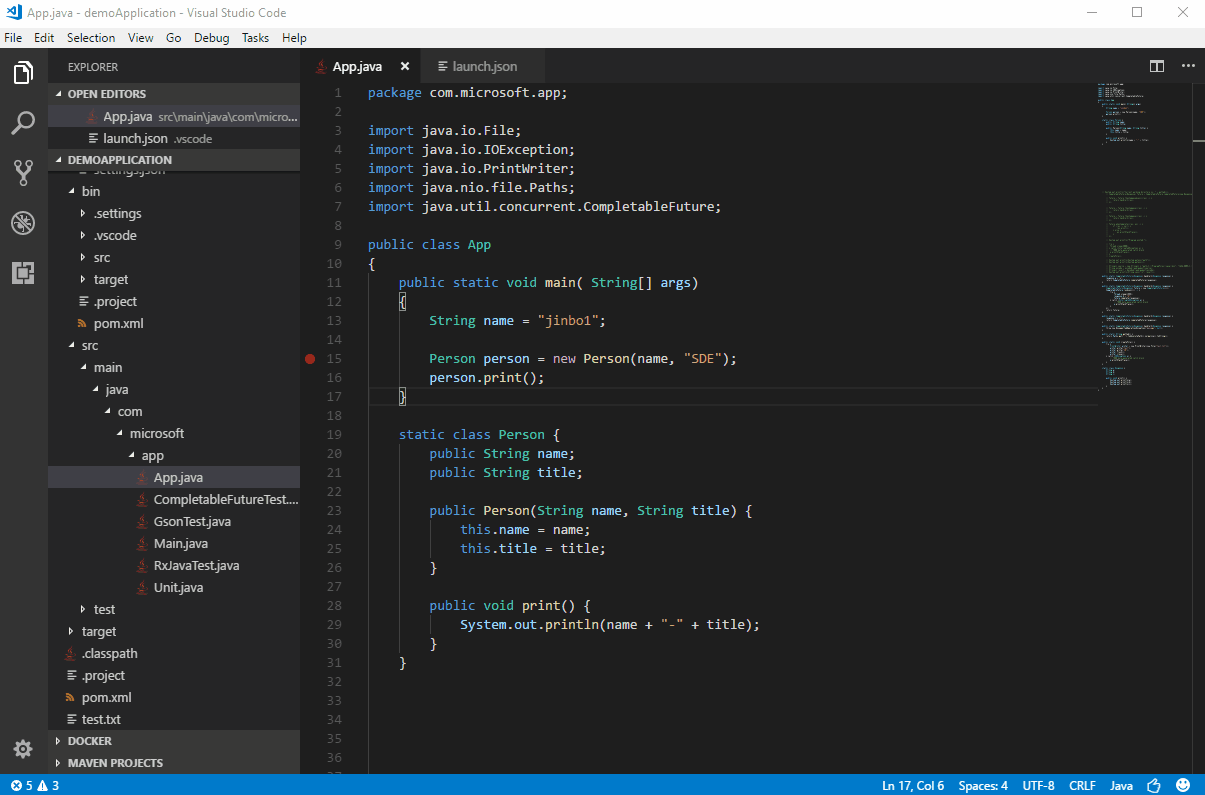

This file configures what happens when we “launch” from VS Code.įirst let’s change the name entry to something more relevant, such as Build and debug sim-scalar-5.Ĭhange the program entry to point to the path of the executable, in our case, this would be: “$/benchmarks/go/go.ss", "9", "9" ] Now we see the active editor window showing the launch.json file as seen in Figure 3. This will result in compilation error - which is expected. Upon completion, VS Code will immediately try to compile and run whichever file we have open in the active editor window. You might then be prompted to select either gcc-7 or gcc, this doens’t matter so I chose gcc-7. If the proper build tools are available, we should see something like in Figure 2. Then click on the big blue Run and Debug button. In VS Code interface, go to the Run tab in the sidebar (icon shaped like a bug overlaying a play-triangle). Installing C/C++ from VS Code Extension Marketplace ⚙️ Configure Launch


Click the green Install button to install (Figure 1). Then install C/C++ extension from VS Code Extensions Marketplace. running make in the terminal should yield no errors). By the end of this document, we should know how to:įirst we must make sure that we have the tools to build/compile the source files (i.e. I will use CPEN 411 Lab 2 assignment as the sample project to guide the reader through this document. While it labels itself as only an editor, it has many features that enables it to be used like a proper integrated development environment (IDE). Visual Studio Code (VS Code) is apparently very popular as a code editors.


 0 kommentar(er)
0 kommentar(er)
